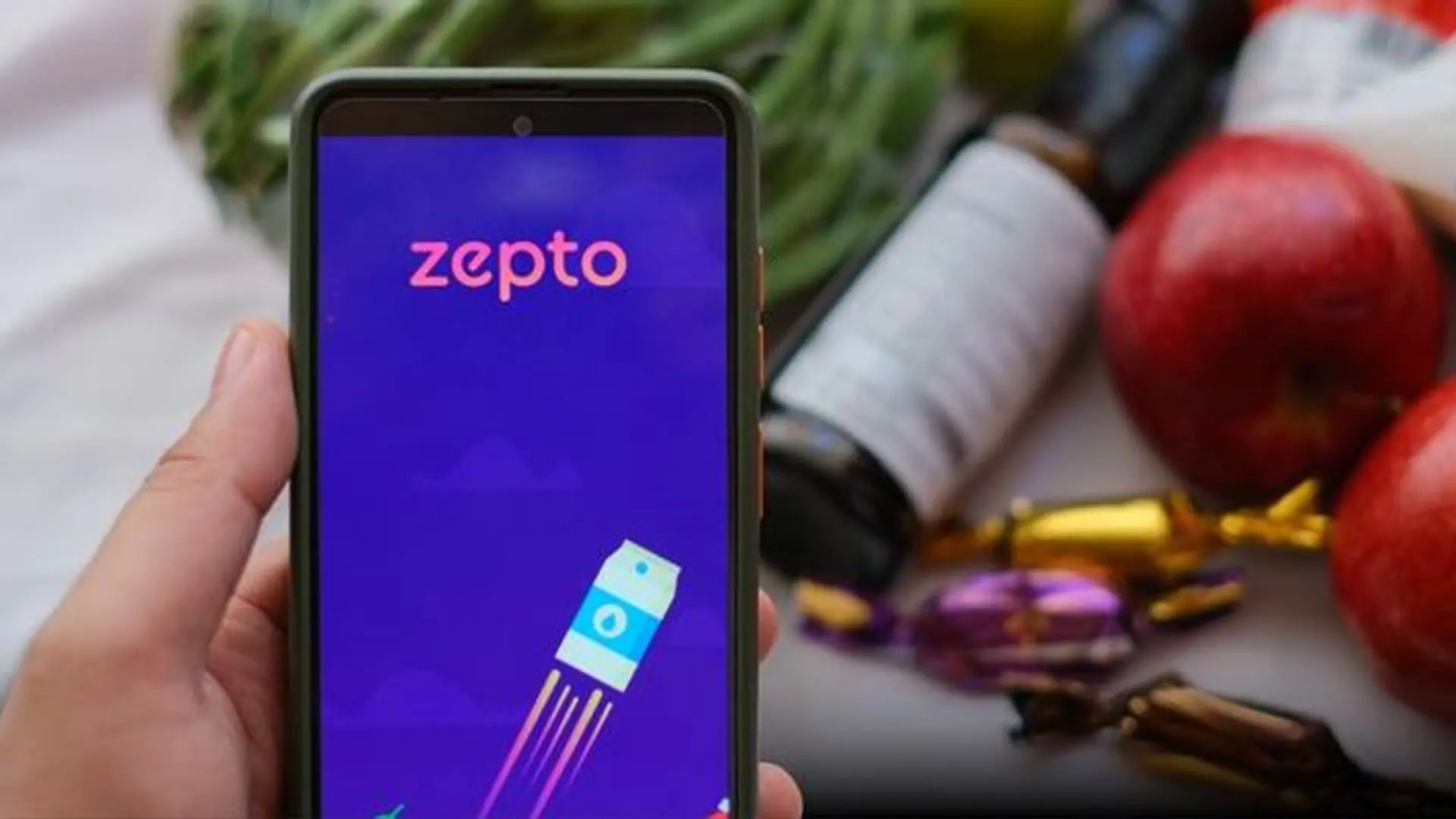How these scientists are tapping AI and healthtech to develop drugs faster
Prescience Insilico is a Bengaluru-based startup founded in 2019. Its software helps improve the drug development domain in multiple ways; by reducing the time and expense needed to develop drugs and by increasing the accuracy of potential drugs, thus decreasing the chances of failure.
Friends and colleagues Professor Jayant Singh and Dr Sudip Roy always shared the same line of thought - what if AI, cloud-based supercomputing, and highly quantitative physics-based methodologies could be used to accelerate drug discovery?
With their years of experience and expertise in this particular field of work, the scientists understood how drug development could be expedited by improving the quality of pharmaceutical research and sciences.
And, after five years of deliberating on the subject, the duo finally founded in 2019 in Bengaluru.

Dr Sudip Roy, Co-founder
What does it do?
In simple language, the platform uses cutting edge technology to reduce the time needed to design and develop a new drug. Working as a solution suite, Prescience provides a solution for the drug development domain.
Additionally, it uses AI, cloud computing, and advanced physics-based modelling methods like molecular dynamics and enhanced sampling to calculate the binding energy to fit ligands to the target. It is user friendly, highly innovative and solution ready.
The software helps improve the drug development domain by not only reducing the time and expense needed to develop drugs, but by also increasing the accuracy of potential drugs, thus lessening the chances of failure.
The platform also decreases the number of lab-based experiments, and eradicates the need for the usual trial and error methodology used in drug development.
Use of AI
Prescience’s product uses AI in various ways. One of the major features it has is generating synthetic molecules (with high drug likeliness and synthesizability), given the input of known ligands (already known drugs) and unknown targets like proteins, nucleic acids etc.
This helps the platform’s users design a completely new set of molecules, which otherwise was not possible. The platform is fully cloud-enabled, which means one can use cloud computing with graphical processing units (GPU) in high-throughput to reduce the time of the discovery.
Additionally, the cloud is available as and when required without any hassle of having or procuring your own on-premise computing resources.
Other technologies that the product uses are container technology so that the platform is operating system agnostic, i.e., compatible with any computer with any OS. It is also integrated with databases and utilises cloud storage, so no local storage is required. Furthermore, it is a highly secure platform which can only be accessed through user authentications.
“This is especially helpful in current times, while the world battles the COVID-19 pandemic, and needs a quick, precise solution. Prescience has already published two papers in the Journal of Biomolecular Structure and Dynamics on the new chemical entity (NCE) and repurposing (identifying new therapeutic uses for existing drugs) of drugs for COVID-19, and has also found four major drugs for repurposing,” informs Sudip.

Jayant Singh
The market tests
One of the drugs, Silmitasertib, is already in its Phase 2 clinical trial in India. Recently, a COVID-19 therapeutic drug - ‘2-deoxy-D-glucose (2-DG),’ an analogue of glucose, has been developed in collaboration between Institute of Nuclear Medicine (INMAS), India, Defence Research and Development Organisation (DRDO), India, and Dr. Reddy’s Laboratories (DRL), India.
“The Prescience team worked on this and predicted that 2-DG doesn’t show any comparable inhibition for non-structured proteins associated with translation and replication of SAR-COV2. However, it can be used as clinical therapy in COVID-19 infected patients for the competitive inhibition of glycolysis process in virus infected cells, thereby reducing the rate of replication of virus,” explains Sudip.
The challenges
Sudip, who works with a team of 10, explains that most of the work on the startup happened during the pandemic, when they had to deal with challenges like lack of funding, and even some incredulity from the drug development domain about the validation of the novel methodologies.
“Only a few people envisioned the implication of cutting-edge technologies like AI/ML, cloud computing, high throughput, and high-performance computing in the classical drug development domain. The experts in the field were not able to comprehend a tech-based platform for drug development,” adds Sudip.
Consequently, the entrepreneurs faced difficulty in finding software developers who understood the scientific foundation of the product.
However, these challenges were overcome with time; and Prescience started out as a bootstrapped initiative. The company later successfully initiated multiple projects from large companies to initiate funding.
All initial hesitation from the domain in the product was settled once peer reviewed publications came out from the company and through the verdict of users. Jayant and Sudip's vision was also helped by multiple other factors - them being well known scientists in the field, a combination of their proficiency, and a gap in the market.
Prescience is currently generating its revenue from existing projects with leading companies in healthcare and materials. Sudip adds that the company is witnessing significant growth in revenue this year, with new companies onboarding their technologies.
Launch and market
“The platform was only launched in August 2021. So, the user base is still small, and Prescience is hoping to increase the base month-wise through regular webinars and demo sessions. We are also is in talks with institutes and universities in India and abroad to create a strong user base that will primarily use the platform for research,” says Sudip.
The startup is also running internal R&D projects and looking for industry and academia to partner in these projects. A reputed Indian pharma R&D institute has already signed a Memorandum of Understanding (MOU) with Prescience for long term collaboration on several R&D projects pertaining to drug development for neurodegenerative diseases.
While the current pandemic has thrown in a need for startups in the drug discovery space, the segment already has several global players like Instiro, Relay Theraputics, Roivant Sciences, DeepCure, and even Genome Bilogicals.

Difference and model
Speaking on what sets them apart, Sudip says,
“The one thing that sets our company apart is the use of modern technology and a solution driven approach. Most of the legacy software in the market is problem-driven, so the user needs to develop a pipeline to get a solution.”
Prescience’s revenue model has four pillars: software subscription, cloud partnership, turnkey solution, and service model. For software subscription, the target market is both academia for research and teaching, and industry for their R&D.
Scientists, faculties, and students ( Prescience’s product can be used in the academic fields of biotechnology, bioinformatics, life science, pharmacy and medicine, etc) can avail academic subscriptions for a lower fee. Like other subscription products, Prescience’s platform has different levels of subscription with varying features.
However, Prescience believes in accessibility. The company is determined to keep the fees competitive so everyone in the domain can access the product and all its features without any funding issues. Prescience is also running an R&D programme, and users are welcome to join.
The company will be investing the margins earned back into product development and research. However, as per projections, in the next three to five years, the company will be earning approximately 30 percent in margins alone, and could decide in investing in new products like materials design applications based on the same platform.
“In the next two years, Prescience Insilico aims to expand overseas, especially in Europe and America. We are also putting in a lot of effort to increase our internal pipeline of drugs, which will eventually give the company its own intellectual properties (IPs). Finally, we are also working on growing our portfolio for materials design, and use the same platform to host applications that would provide solutions in this domain,” signs off Sudip.
Edited by Anju Narayanan









